New study to look at fate of MacKay Bridge
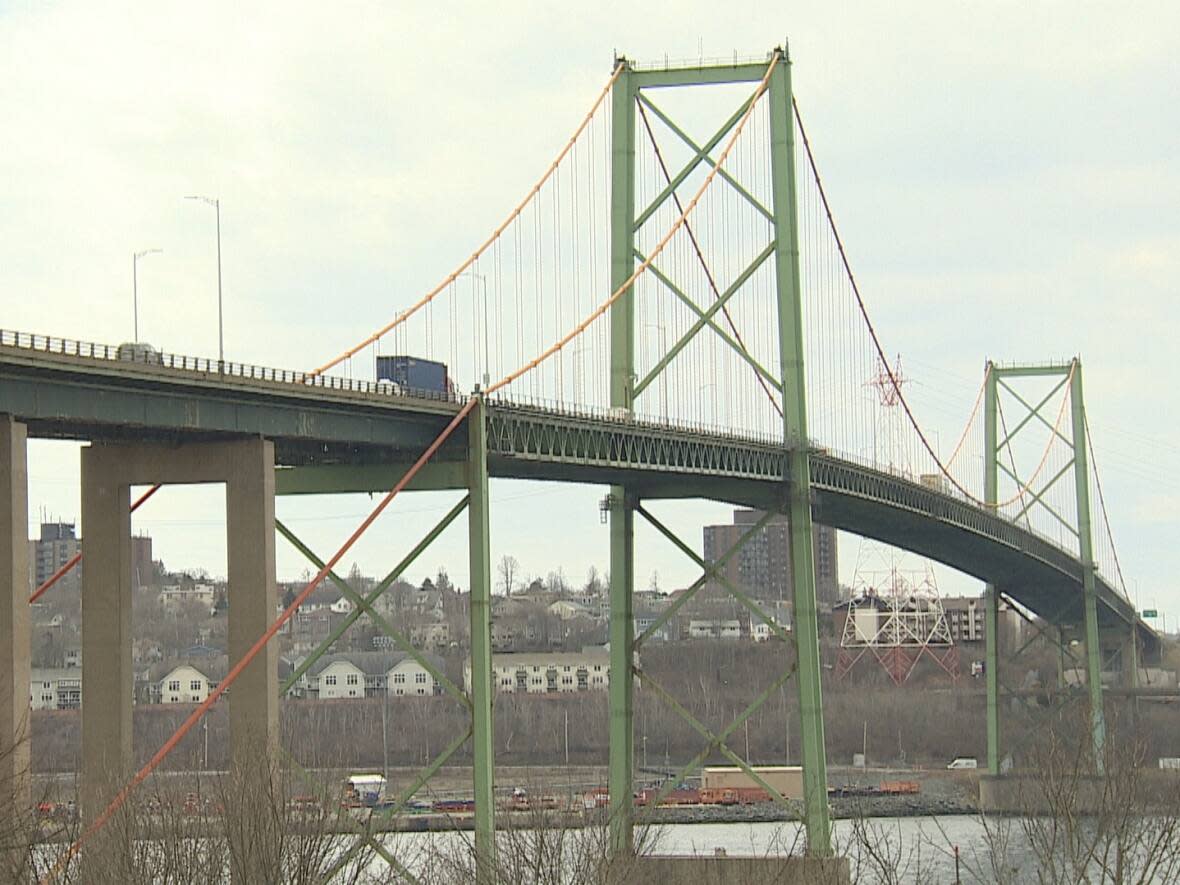
Halifax's A. Murray MacKay Bridge may be best known as the city's "new bridge" but rehabilitating it to modern standards, the way the Macdonald Bridge was during the Big Lift six years ago, may not be the best option.
"Critical components of the McKay are approaching [the end of] their service life," said Tony Wright, CEO of Halifax Harbour Bridges. "We anticipate that a major rehab or replacement project would need to be done by about 2040."
That's why Halifax Harbour Bridges will soon issue a tender for a detailed analysis comparing the costs of repairing or replacing the span, first opened on July 10, 1970.
The Crown corporation hopes to find a company to complete what Wright referred to as "essentially a 30 per cent design of what it will take to do the rehab of the MacKay."
He said, "that should give us a good understanding with credibility of the cost, scope, schedule and potential traffic interruptions during such an undertaking."
This new examination will build on the results of a feasibility study completed in 2018 by the engineering consulting firm COWI North America.
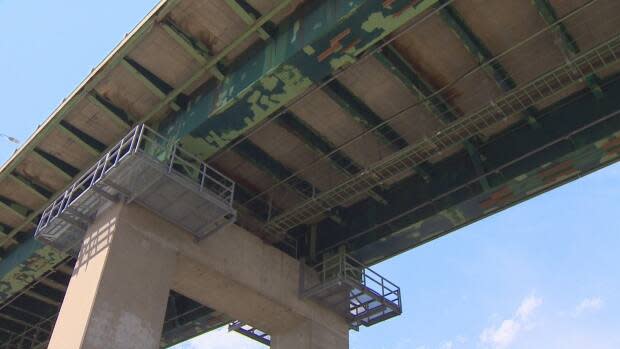
Repair or rebuild?
At the time, the company was asked to consider two scenarios — extending the life of the existing structure by 75 years or building a new bridge with a 100-year lifespan. Either way, the result would include more traffic lanes than the current structure and add active transportation routes for cyclists, runners and pedestrians.
It recommended building a new, "slightly longer" bridge."The preferred replacement option involves construction of a bridge with six traffic lanes and two active transportation lanes," noted the report. "Likely a 500-metre long main span cable-stayed bridge, on an alignment parallel to the existing bridge along its north side.
"The existing bridge would then be demolished. This option would require some property acquisition and relocation of the Canada Food Inspection Agency building in Dartmouth adjacent to the existing bridge."
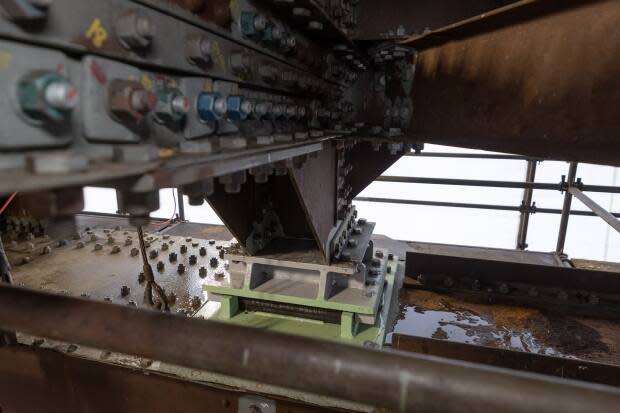
Although work continues under the deck of the Macdonald Bridge to shore up some steel components and make sure the structure is sound — the most disruptive part of its rehabilitation happened overnight and did not shut down the bridge for extended periods.
But a similar "big lift" operation on the MacKay would be much more complicated than the Macdonald's two-year-long deck replacement.
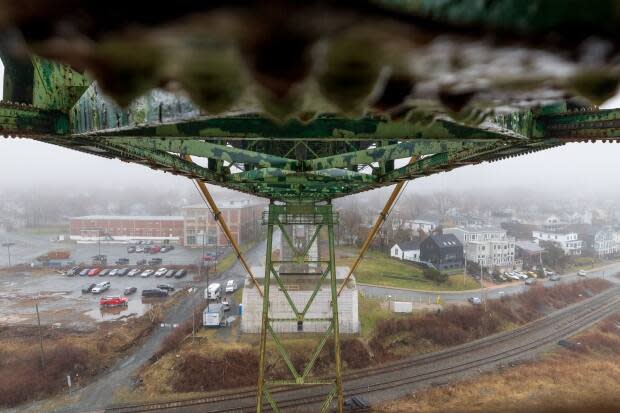
"The MacKay was built with a different standard back in the '70s," said Wright, explaining that its deck would need to be made thicker. "Macdonald for instance, the bridge is a 14-millimetre deck and current Canadian code would need to see us replace the Mackay Bridge with a 14-millimetre deck."
"Unfortunately the supporting structures, the main cables, the towers, the cable vents are not designed to carry a 14 millimetre deck, so the rehab that we're looking at would need to accommodate that."
According to Wright that would mean having to hang new, stronger main cables and building additional support towers before any work could begin on replacing the deck.
"That's a pretty significant project," said Wright. "So we also have to look at the other option, which is a replacement altogether of the bridge."
Wright said that may be the less expensive and less intrusive option for those who use the bridges to travel across Halifax harbour.
Although he cannot say how soon the Crown corporation needs to make a decision, Wright says the 2040 repair or replacement date isn't all that far off.
"The engineering takes a long time, the construction takes a long time," said Wright. "So the sooner we can get a decision on where we're going, I think the better it off for Halifax and the province will be."
Also on Wright's to-do list this year, is work on another long-discussed project: getting rid of the toll plazas on both bridges.
"It's something we need to get on with," Wright told CBC News. "What's driving this is the current equipment, out in the lane level, the cash machines, the operating system. It's becoming unsupportable and so we need to look at replacing it and the best way to replace that is going with an all electronic tolling solution."
Removing toll booths
The plan is to use technology that would be able to read licence plates.
Wright said he spoke with Minister of Public Works Kim Masland this winter about the need to amend the law to give Halifax Harbour Bridges access to the information it collects when people are issued vehicle licences. That information is critical to be able to bill people who refuse to use the MacPass electronic billing system.
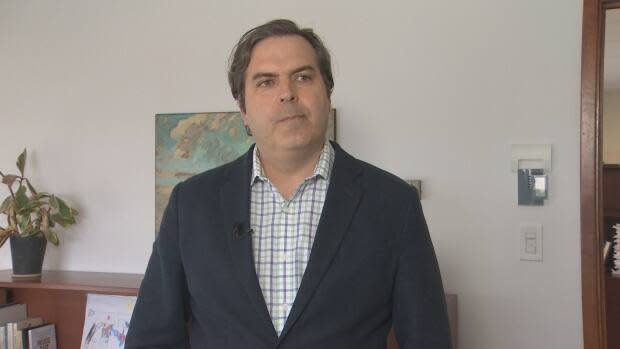
"We're advancing our aspect of the project, which is doing the detailed design, so that when we get the legislation, we'll be ready to go to the [Nova Scotia Utility and Review Board] and get the project up and running," said Wright.
Halifax Harbour Bridges wants the provincial regulator to set a different, likely higher, toll for those who refuse to get a MacPass.
Wright said that's because billing people for individual crossings would take extra staff to verify cars and issue invoices.
He hopes the toll booths on both bridges will be gone next year.
MORE TOP STORIES


